Table of Contents
Can Solar Panels Generate Electricity on Cloudy Days (Under Low Light Conditions)?
Imagine, on a gloomy morning, as you look out the window, you see skies densely covered with dark clouds. You might wonder, can solar panels still generate electricity in such weather? The answer is a resounding yes! Even on cloudy days, solar panels can produce electricity, though at a reduced rate, typically reaching 10% to 25% of their normal power output. This is like the solar panels telling us that even on the darkest days, they still have a role to play.
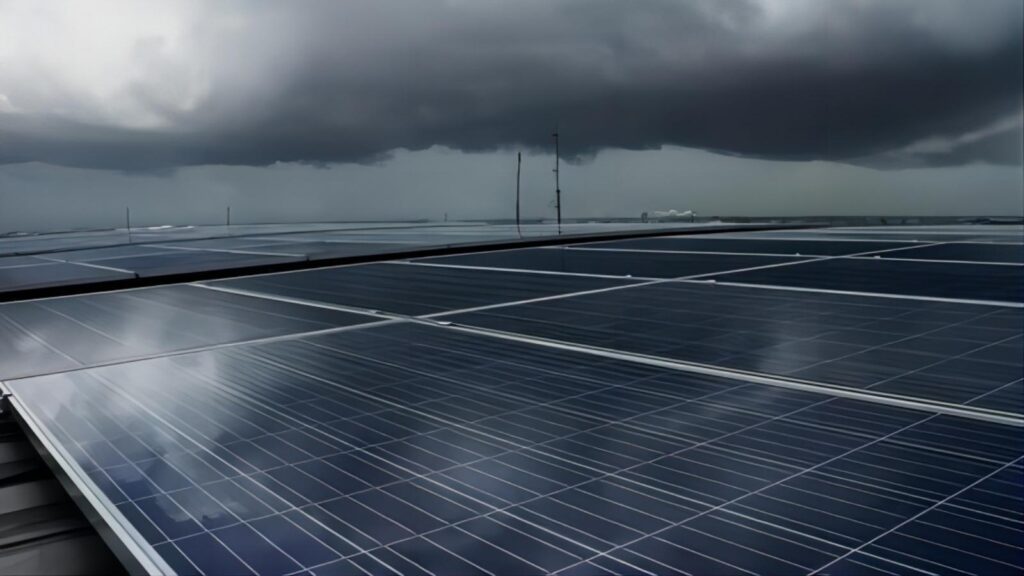
Now, let’s delve deeper into the mystery of how cloudy days affect solar panels. In fact, the thickness of cloud cover greatly determines the efficiency of solar panels. Thin clouds allow more sunlight to penetrate, having a lesser impact on the panels. In contrast, thick clouds, akin to a blanket in the sky, significantly block sunlight, naturally affecting the panels’ efficiency. Interestingly, rain and snow, while further dispersing the already weak light, also clean the panels’ surfaces, preparing them for the next sunny spell.
Ideally, solar panels should receive at least 4 to 5 hours of direct sunlight daily. Especially between 10 a.m. and 3 p.m., when solar energy is at its peak, the panels’ efficiency reaches its maximum. Even with cloudy skies, as long as the sun intermittently peeks through the clouds, the panels’ power output isn’t significantly affected. However, during these crucial times, if the sky is entirely covered by thick clouds, the electricity generation of the solar panels may drastically decrease.
In regions with inadequate daylight, like cloudy days or high-latitude areas in Northern Europe, the focus on the efficient power generation capability of solar panels within limited sunlight hours highlights the importance of their low-light performance.
The low-light performance of solar panels refers to their operational efficiency and power output under insufficient lighting conditions. In such scenarios, solar panels face challenges including reduced current generation, decreased conversion efficiency, voltage fluctuations, and their response to different spectral wavelengths of light. Superior low-light performance means that even under less-than-ideal lighting conditions, solar panels can effectively generate power, enhancing the overall energy output, which is vital for areas with short daylight hours or suboptimal lighting conditions.
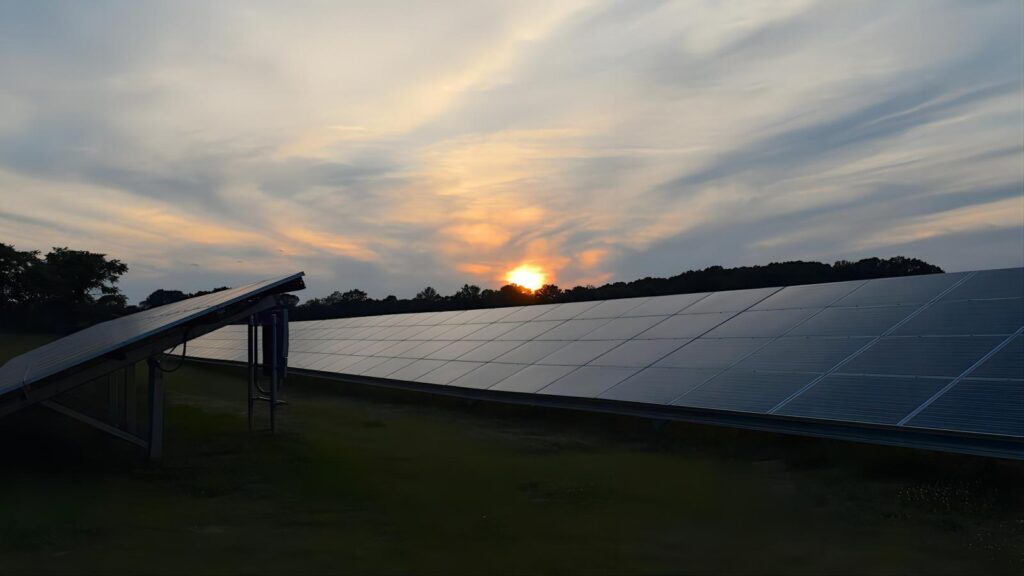
Which Types of Solar Panels Are Most Suitable for Cloudy Days (Low Light Conditions)?
After exploring solar panels’ ability to generate electricity on cloudy days, let’s examine which types are best suited for such conditions. When discussing solar panel types and their performance in low light, it’s important to delve into the characteristics of monocrystalline, polycrystalline silicon, and thin-film solar panels under low-light conditions. This includes analyzing the latest technologies’ low-light performance to help determine the most suitable type of solar panel for low-light environments.
Monocrystalline Solar Panels
Monocrystalline solar panels are often considered the best choice for cloudy days due to their high efficiency and superior low-light performance. Made from high-quality monocrystalline silicon, these panels allow for more efficient electron flow, thus enhancing the panels’ power generation capabilities. Monocrystalline solar panels are particularly effective in low-light conditions, such as on cloudy days, due to their strong electron mobility, enabling them to generate electricity efficiently even in weak illumination.
Polycrystalline Solar Panels
Polycrystalline solar panels typically have lower efficiency than monocrystalline solar panels and are less sensitive to low-light conditions. They are made of multiple silicon crystals, which restrict the free flow of electrons and reduce the power generation capacity. Consequently, polycrystalline solar panels might not be the best option if your area frequently experiences cloudy days.
Thin-Film Solar Panels
Thin-film solar panels, including amorphous silicon, Copper Indium Gallium Selenide (CIGS), and Cadmium Telluride (CdTe) materials, usually have the lowest efficiency, particularly in cloudy conditions. They require as much direct sunlight as possible to operate effectively. Their main advantage lies in their flexibility, making them suitable for uneven surfaces, such as RV roofs. Despite being the most cost-effective option, their efficiency in converting light to electricity is not very high.
IBC and HJT Solar Panels
IBC (Interdigitated Back Contact) and HJT (Heterojunction with Intrinsic Thin layer) technologies are both based on the development and optimization of monocrystalline solar cells. They are not categorized as polycrystalline or thin-film solar panels but rather represent high-end variants of monocrystalline silicon technology.
IBC (Interdigitated Back Contact) Solar Panels
IBC technology stands out with its unique design concept. In IBC solar panels, all electrodes are positioned on the back of the cell. This design eliminates metal grid lines on the front surface, reducing shading and light loss, thereby allowing more light to be absorbed. IBC cells typically use monocrystalline silicon materials, offering high efficiency and good spectral response.
The low-light performance of IBC solar panels is notably superior, mainly due to:
1.Back Contact Design: IBC cells place all electrodes on the back, reducing front shading and allowing more light to be absorbed, which is particularly important under low-light conditions. The unobstructed front design also reduces surface reflection, enhancing light absorption efficiency.
2.Reduced Resistive Losses: With electrodes positioned at the back, resistive losses at the front are minimized, thereby improving efficiency under low-light conditions. Back contact also helps reduce the recombination losses of carriers at the front surface of the cell.
3.High Open-Circuit Voltage (Voc): The design of IBC cells contributes to a higher open-circuit voltage. This advantage enables the panels to reach the inverter’s start-up voltage more swiftly, even in low-light conditions. As a result, they begin generating electricity earlier in the morning and continue operating longer into the evening, thus extending the overall energy generation time. Compared to PERC and TOPCon solar panels, IBC panels show a power generation gain of over 2.0%, marking a significant improvement in efficiency and energy harnessing capabilities.
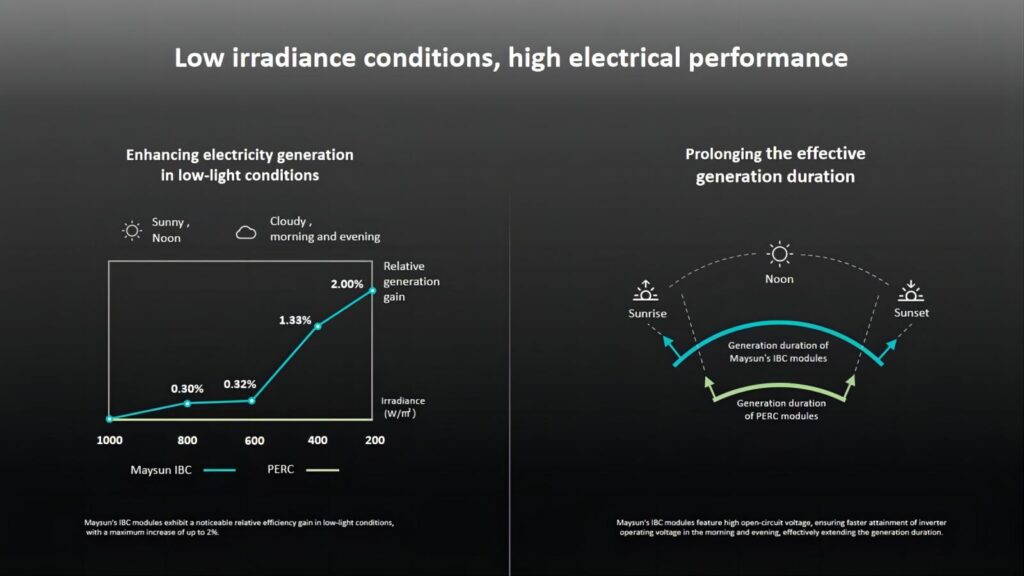
4.Shade Tolerance: Thanks to their unique back-electrode design, IBC solar panels perform relatively well under shaded conditions. Even if parts of the panel surface are covered by shadows, the unaffected areas continue to generate electricity effectively, thereby minimizing the overall performance decline of the system.
It is precisely these technological advantages that make the IBC solar panels produced by Maysun Solar ideal for use in cloudy or low-light, high-latitude regions. They maintain a high efficiency in electricity generation even under suboptimal lighting conditions. The image below shows IBC solar panels by Maysun Solar installed on a rooftop in Germany. Click the button to learn more about the product details!
HJT (Heterojunction with Intrinsic Thin Layer) Solar Panels
Combining Monocrystalline Silicon with Thin-Film Technology: HJT cells are based on N-type monocrystalline silicon substrates, with different characteristics of silicon-based thin layers deposited on both front and back surfaces, forming a heterojunction structure. HJT solar cells integrate the advantages of monocrystalline silicon and thin-film technologies, exhibiting excellent light absorption and passivation capabilities. They surpass PERC and TOPCon technologies in terms of efficiency and performance, representing one of the current solar industry’s leading technologies for maximizing conversion rates and power output, and symbolizing the direction of next-generation cell platform technology.
HJT (Heterojunction with Intrinsic Thin Layer) solar panels excel under low-light conditions primarily due to their unique structural and material characteristics. Key factors contributing to the low-light performance of HJT solar panels include:
1.Heterojunction Structure: The core feature of HJT solar panels is their heterojunction structure, which combines the advantages of monocrystalline silicon and thin-film technologies. This structure is particularly effective in enhancing the cell’s performance under low-light conditions.
2.Surface Passivation: The undoped hydrogenated amorphous silicon layer (i-a-Si:H) passivates defects on the crystalline silicon surface, reducing the recombination of charge carriers at the interface. This increases the cell’s open-circuit voltage (Voc), facilitating higher voltage output under low-light conditions and extending electricity generation time significantly into the early morning and evening hours. Additionally, the reduction in carrier recombination losses enables HJT cells to more effectively convert light into electrical energy in low-light situations (such as on cloudy days, mornings, or evenings), thus improving photovoltaic conversion efficiency.
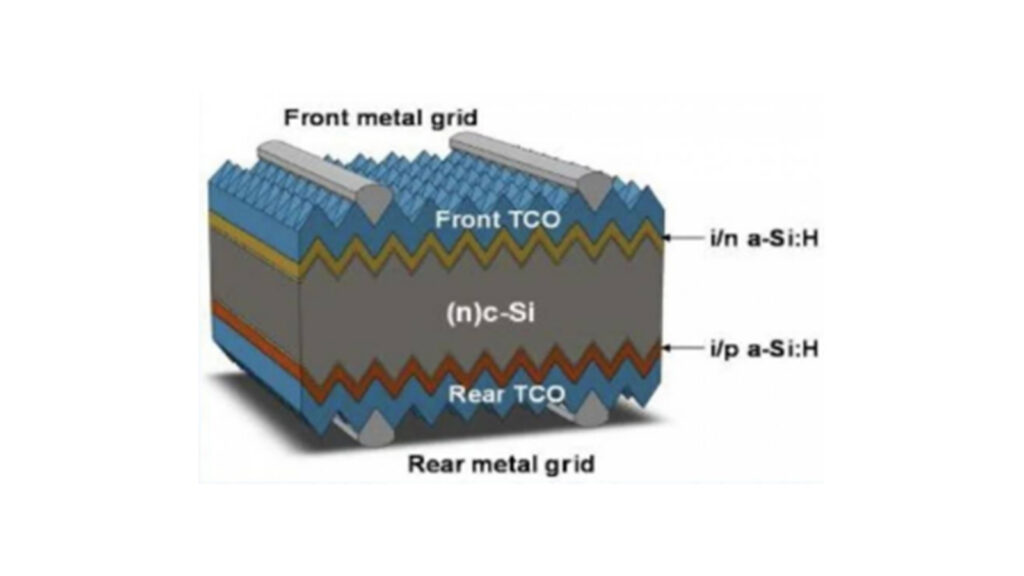
3.Broad Spectral Response: Thanks to their unique material composition, HJT cells exhibit an enhanced broad spectral response, ranging from 300nm to 1200nm. This means they can effectively absorb and convert light energy under various lighting conditions, including low light conditions.
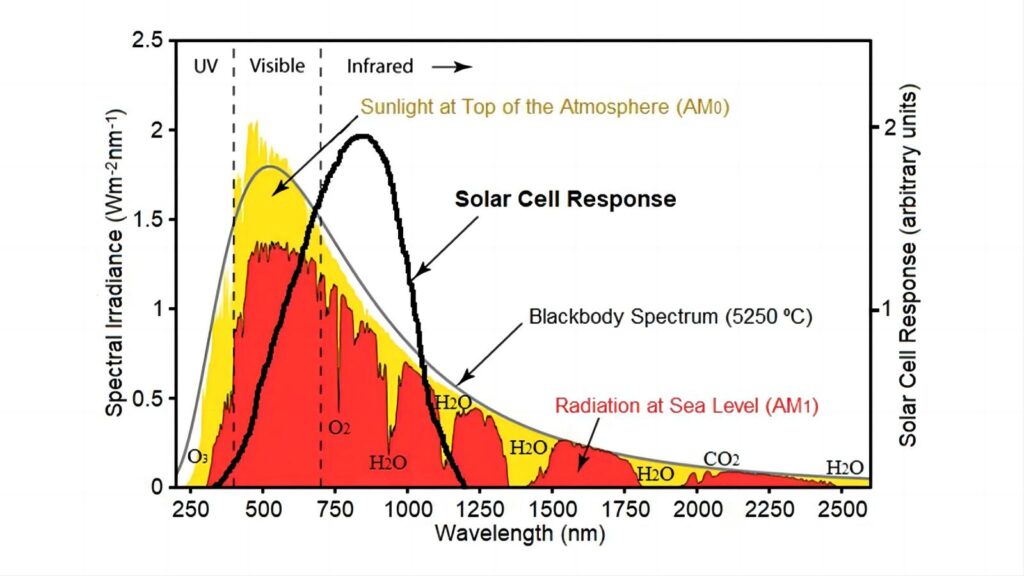
4.Low-Temperature Processing: The production of HJT cells involves a low-temperature process, typically below 250°C, which helps maintain the structural integrity of the silicon wafers and reduces defects. This contributes to maintaining good performance under low-light conditions.
5.Bifacial Generation Technology: Another significant feature of HJT solar panels is their bifacial (double-glass) generation capability. HJT solar panels, designed with symmetrical structures on both the front and back and equipped with a grid, achieve a backside generation efficiency of over 95%. This means that not only does the front side effectively capture sunlight, but the back side can also absorb and convert light, particularly reflected and scattered light. This characteristic enables HJT panels to produce additional electricity even in environments with weaker light, such as on cloudy days or during sunrise and sunset.
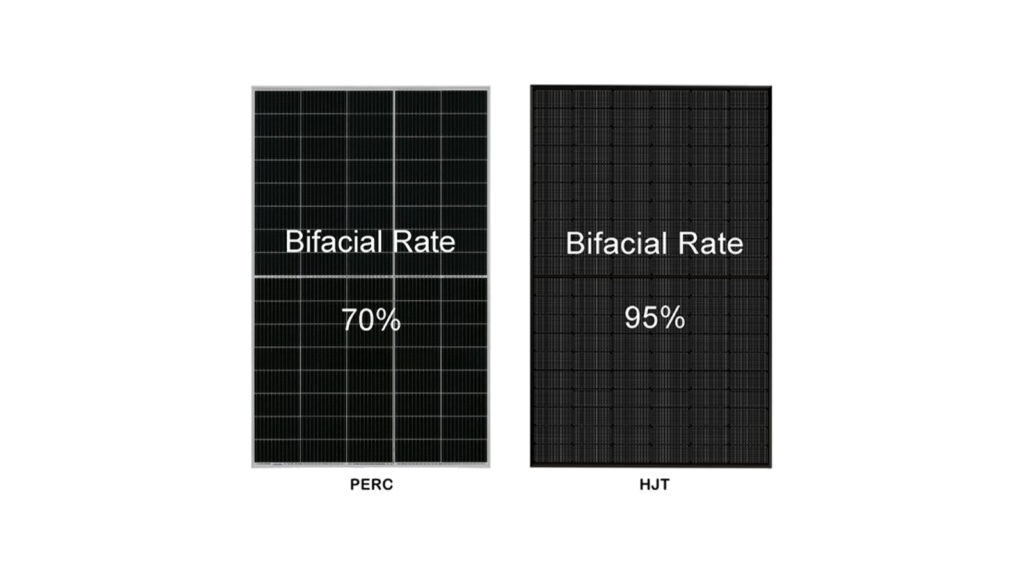
6.Temperature Management: HJT solar panels have a temperature coefficient of -0.24%/℃, allowing them to maintain stable performance across different environmental temperatures. This is particularly important during cooler periods such as early mornings and evenings.
HJT solar panels produced by Maysun Solar, leveraging their heterojunction structure, broad spectral response, and bifacial generation technology, exhibit exceptional efficiency in electricity production under low-light conditions, such as on cloudy days or in high-latitude areas with low light.
The reasons for the exceptional performance of IBC and HJT solar panels under low-light conditions are varied. IBC solar panels, with their back-contact design and high open-circuit voltage, optimize light absorption and voltage output. HJT solar panels, on the other hand, enhance light capture and conversion efficiency under low-light conditions through their heterojunction structure and broad spectral response.
Additional Innovative Technologies to Secure Power Supply in Low Light Situations
In addition to utilizing solar panels with excellent low-light performance, various innovative technologies and strategies can help enhance solar energy absorption, thereby ensuring a stable and efficient power supply under low-light conditions.
1.Single-Axis and Dual-Axis Solar Trackers
Solar trackers are an ingenious solution that adjusts the orientation of solar panels throughout the day to ensure optimal alignment with the sun. This automatic adjustment can significantly improve energy collection efficiency, sometimes even by 30-40%. Single-axis trackers follow the sun’s east-west trajectory, while dual-axis trackers also adjust for the sun’s seasonal height changes. Although trackers may increase initial investment and maintenance costs, their benefits in enhancing energy collection efficiency often outweigh these costs, especially in areas with weaker sunlight.
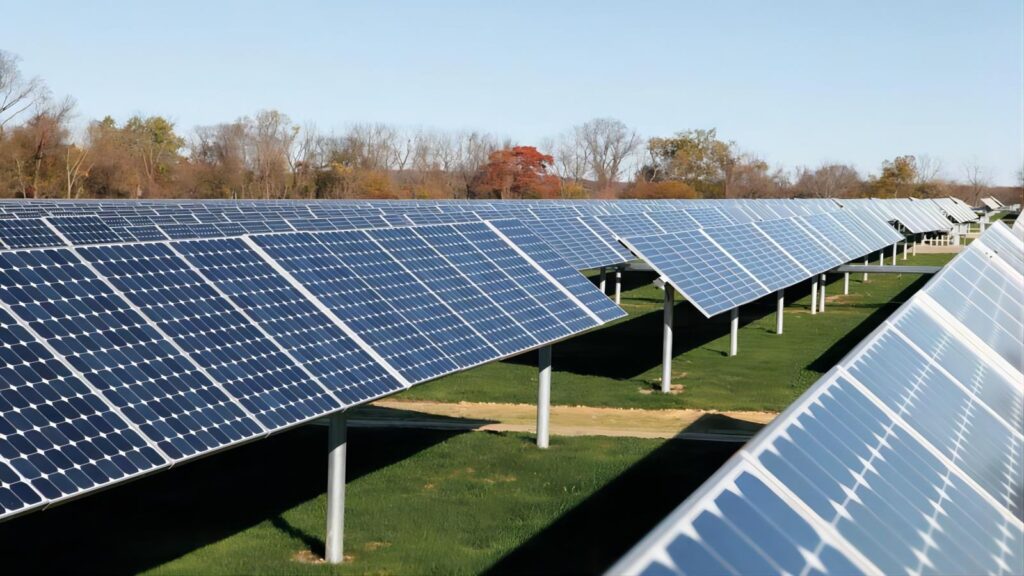
2.Application of Micro–inverters
In traditional solar systems, a central inverter converts the direct current (DC) produced by all panels into alternating current (AC), but this means that any underperforming panel could affect the overall system efficiency. The use of microinverters changes this dynamic, as they are installed on each solar panel and convert DC to AC independently. This setup allows each panel to operate efficiently on its own, ensuring that the entire system’s efficiency is not compromised even under weak light conditions.
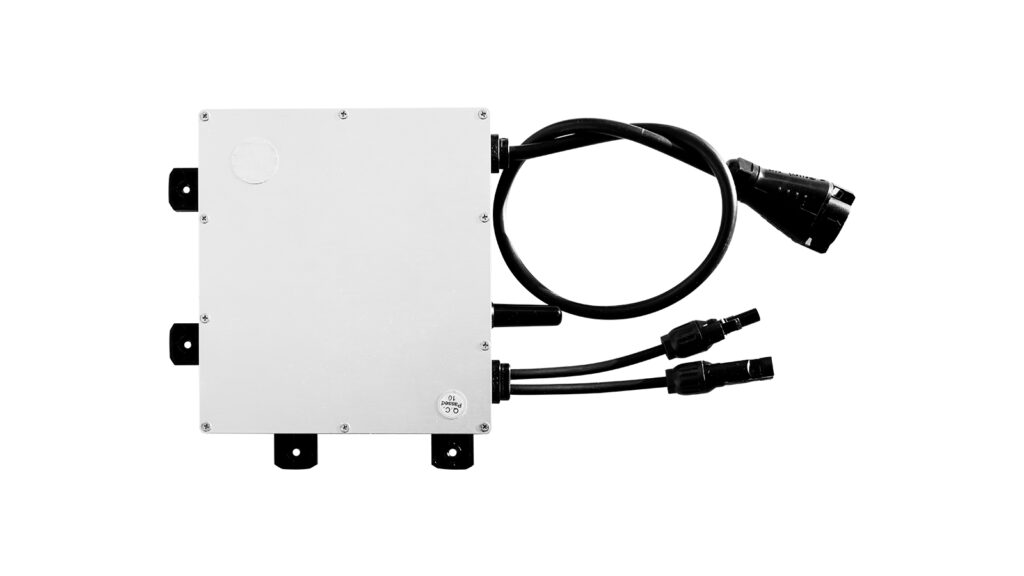
3.Maximizing Installation Location
Optimal Placement: The placement and orientation of solar panels are crucial for their performance. In the Northern Hemisphere, south-facing installations are ideal, while in the Southern Hemisphere, north-facing installations are preferable.
Avoiding Obstructions: Ensure that the installation site for solar panels is free from potential shadow-causing obstructions like buildings or trees, and consider seasonal adjustments to adapt to the changing position of the sun.
4.Energy Storage Solutions
Integrating energy storage systems, such as lithium-ion or lead-acid batteries, allows for the storage of excess energy generated during sunny periods for use during cloudy days or nighttime. This strategy not only optimizes electricity usage efficiency but also ensures a continuous power supply even when solar panel efficiency is reduced.
Solar panels can effectively generate electricity even on cloudy days and under low-light conditions. By choosing the appropriate type of panels, such as Maysun Solar’s IBC and HJT solar panels, and employing innovative technologies and strategies, we can maximize the utilization of solar energy resources. This approach ensures an efficient energy solution under varying lighting conditions.
Maysun Solar has been specialising in producing high quality photovoltaic modules since 2008. Choose from our wide variety of full black, black frame, silver, and glass-glass solar panels that utilise half-cut, MBB, IBC, HJT and Shingled technologies. These panels offer superior performance and stylish designs that seamlessly blend in with any building. Maysun Solar successfully established offices, warehouses, and long-term relationships with excellent installers in numerous countries! Please contact us for the latest module quotations or any PV-related inquiries. We are excited to assist you.

New Photovoltaic news you should know about (March 2024)
Table of Contents REC Unveils a 430 W Heterojunction Solar Module Boasting 22.2% Efficiency REC, a Singapore-based PV module manufacturer, introduces its residential solar modules featuring Alpha heterojunction cell technology. Production has commenced at REC’s Industry 4.0 fab in Singapore, with initial shipments

IBC Solar Modules vs. Bifacial Glass-Glass Solar Modules: Which Is More Suitable for Winter or Low-Light Conditions?
Table of Contents Introduction As the demand for renewable energy continues to surge, advancements in solar technology have broadened the spectrum of component choices available to us. Among these, IBC (Interdigitated Back Contact) full black solar modules have garnered special attention due to

Why Are Lightweight Bifacial Solar Panels the Best Choice for Balcony Solar Power Plants?
Table of Contents In the quest for efficient and eco-friendly home energy solutions, solar photovoltaic technology has emerged as a key player due to its sustainability and clean energy benefits. Particularly in the space-constrained urban settings, the effective conversion of every inch of

Questions You Might Ask About Balcony Solar Power Plants in 2024
Table of Contents What is a Balcony Solar Power Plant? Similar to a traditional photovoltaic panel, a Balcony Solar Power Plant is a device designed to generate electricity from solar energy. This green energy generator is specifically tailored for self-consumption, but it comes with

A Step-by-Step DTU Guide for Balcony Solar Power Plants
As renewable energy becomes increasingly integral in our daily lives, Maysun Solar’s Balcony Solar Power Station, with its advanced technology and user-friendly design, represents a transformative approach to home solar solutions. The integration of a Data Transfer Unit (DTU) enhances its smart functionality

What Are The Main Components of Solar Panels?
What are the main components of solar panel? Solar panels, the cornerstone of solar energy technology, are composed of several integral parts, each contributing to their ability to harness sunlight and convert it into electrical energy. In this article, we will explore the essential

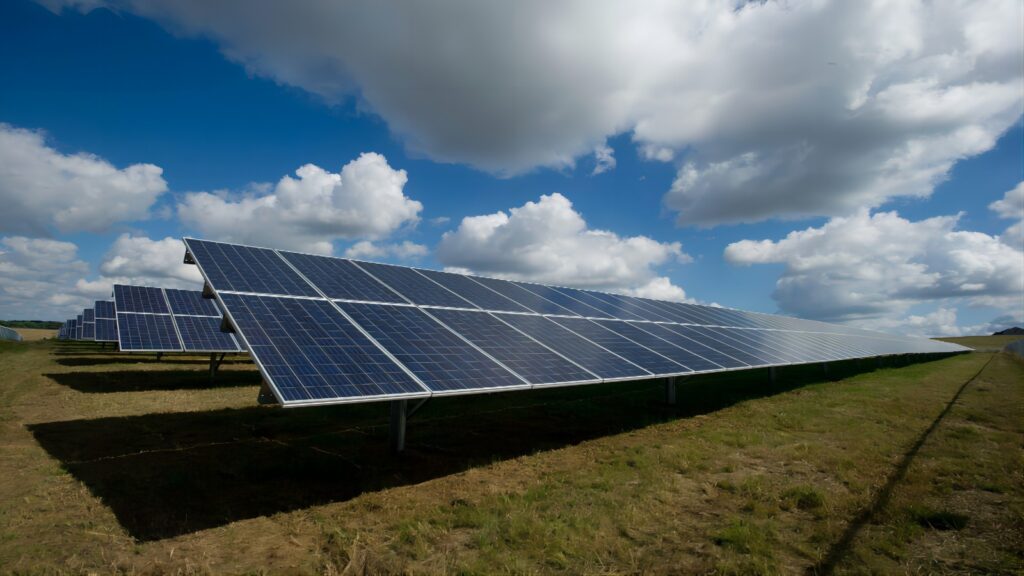
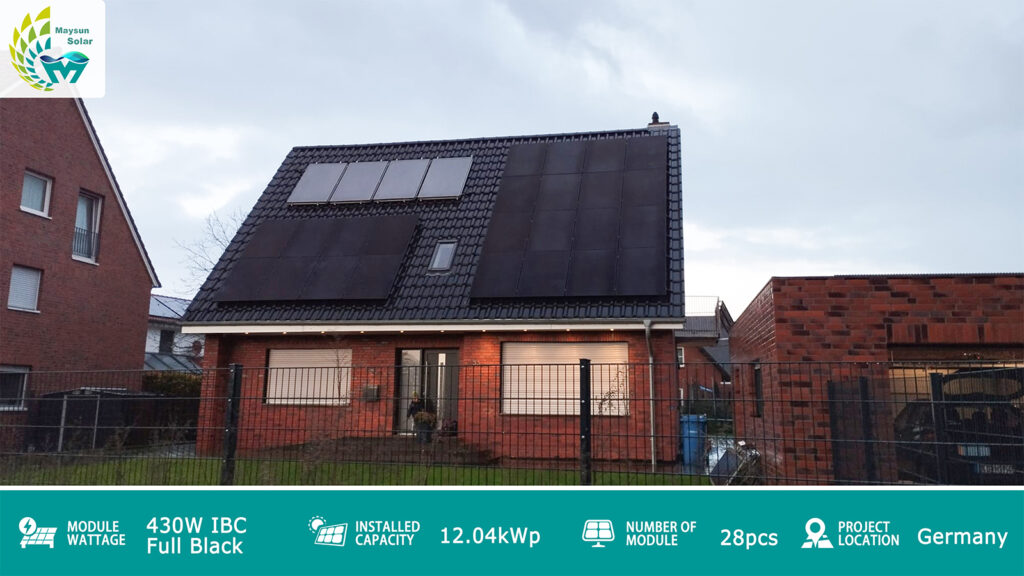
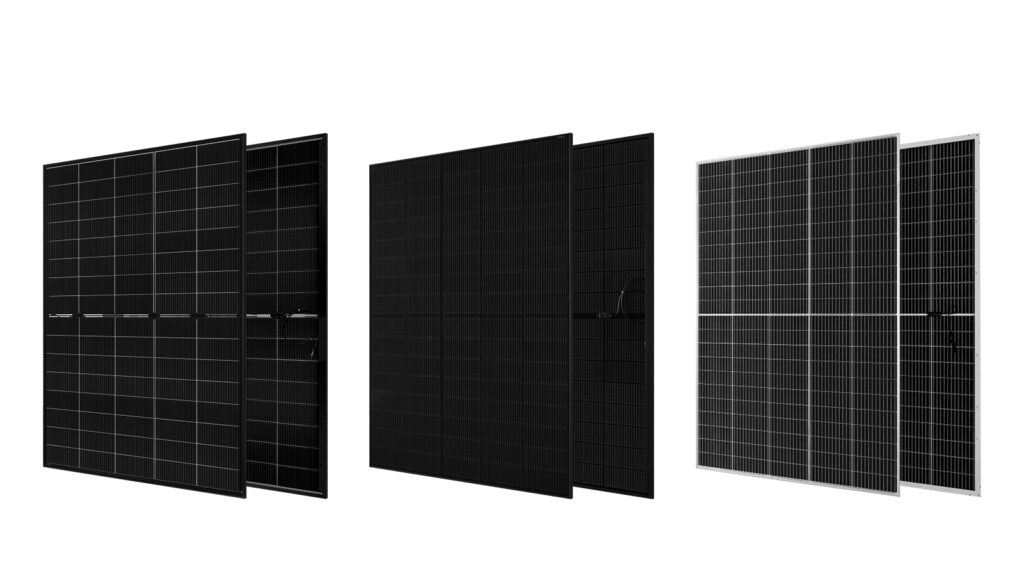
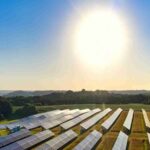
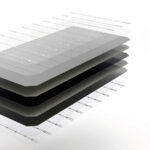
Pingback: What Are Heterojunction Technology (HJT) Solar Panels: Advantages & Applications - Professional Distributed PV Module Manufacturer